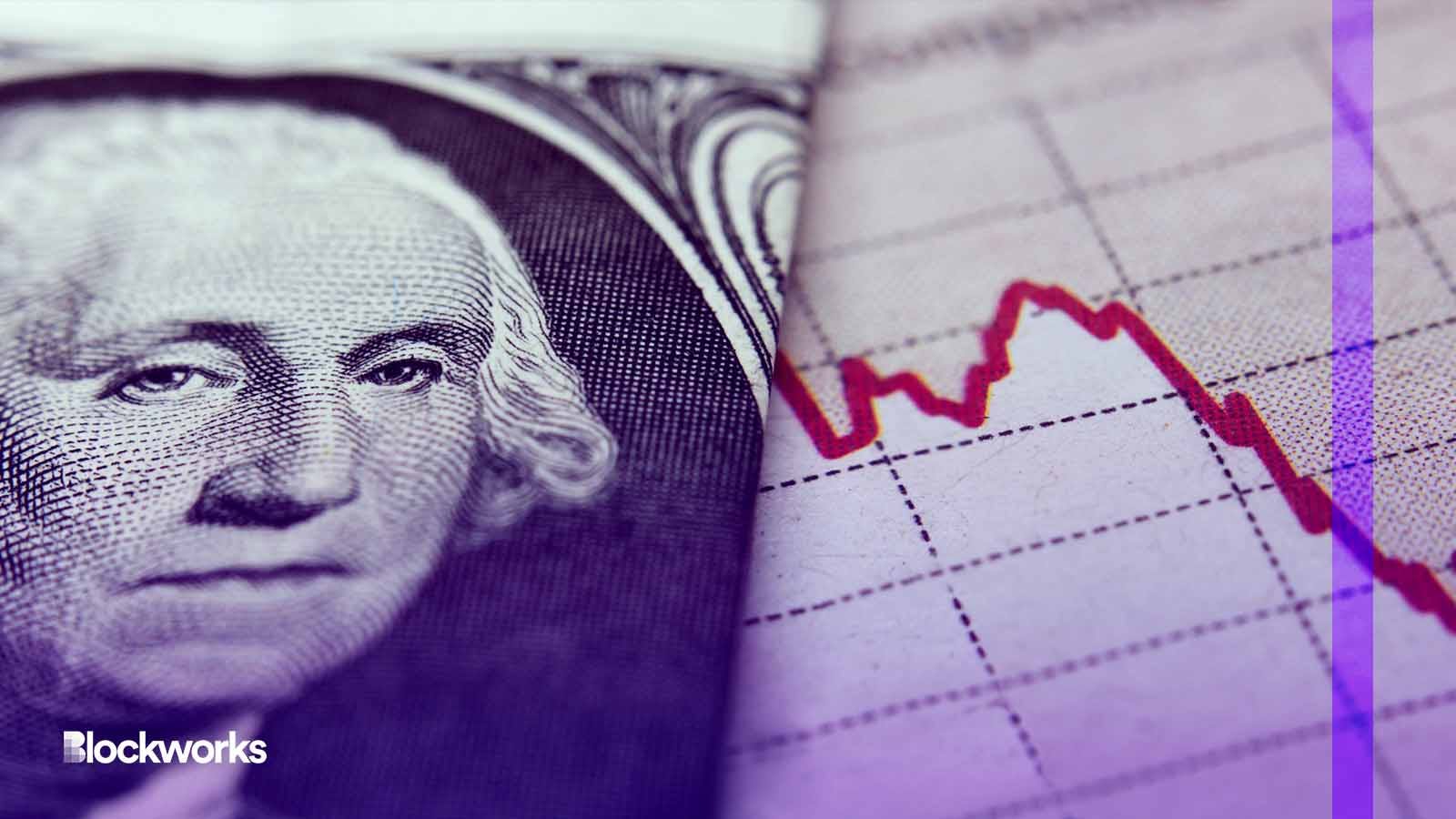Not so Tangible? Real USD stablecoin turns illiquid
The real estate stablecoin project de-pegged this morning after a series of DAI redemptions dried up available exit liquidity

corlaffra/Shutterstock modified by Blockworks
The real-world asset tokenization project Tangible promises users money that’s “better by design.” But when a raft of DAI redemptions left the coin with illiquid reserves, Tangible’s so-called Real USD (USDR) crashed by 50% in a matter of hours.
Roughly $12 million of DAI was redeemed against USDR this morning, leaving the coin 60% backed by real estate — and trading for $0.51, per CoinGecko. Minting with the project-native TNGBL token is currently unavailable on the Tangible store.
Tangible has yet to make an announcement regarding the depeg, though the company’s chief marketing officer told Blockworks via Telegram that an update is in the works.
Tangible tokenizes real estate, gold, watches and wine while offering users exposure to the assets through its yield-bearing USDR token. The project owns 190 properties in the UK as NFTs which it uses as backing for USDR. Gains from the real estate investments are used to mint USDR and purchase additional tokenized properties.
Read more: TradFi, DeFi convergence continues through tokenizing real-world assets
Tangible is the fourth-largest protocol on Polygon by total value locked (TVL), per DeFiLlama.
Multiple on-chain sleuths have raised questions about USDR in the past couple weeks, including DeFi analyst Valentin Mihov, who called the coin’s backing a “ticking time bomb” in early September. Mihov told Blockworks he was initially suspect of USDR for the 15% yield being advertised by Tangible, and he found a mismatch between the project’s assets and liquidity.
“It’s good that this situation happened with USDR so that people are aware these are weaknesses in this design,” Mihov said.
USDR’s de-peg demonstrates a potential downside of the buzzy real world asset movement: Illiquid assets can be tokenized, but that doesn’t make them any more liquid. Mihov thinks Tangible will need to look into listing its real estate holdings to stay afloat.
“Liquidity needs to come from somewhere,” Mihov said.
Get the news in your inbox. Explore Blockworks newsletters:
- The Breakdown: Decoding crypto and the markets. Daily.
- Empire: Crypto news and analysis to start your day.
- Forward Guidance: The intersection of crypto, macro and policy.
- 0xResearch: Alpha directly in your inbox.
- Lightspeed: All things Solana.
- The Drop: Apps, games, memes and more.
- Supply Shock: Bitcoin, bitcoin, bitcoin.






